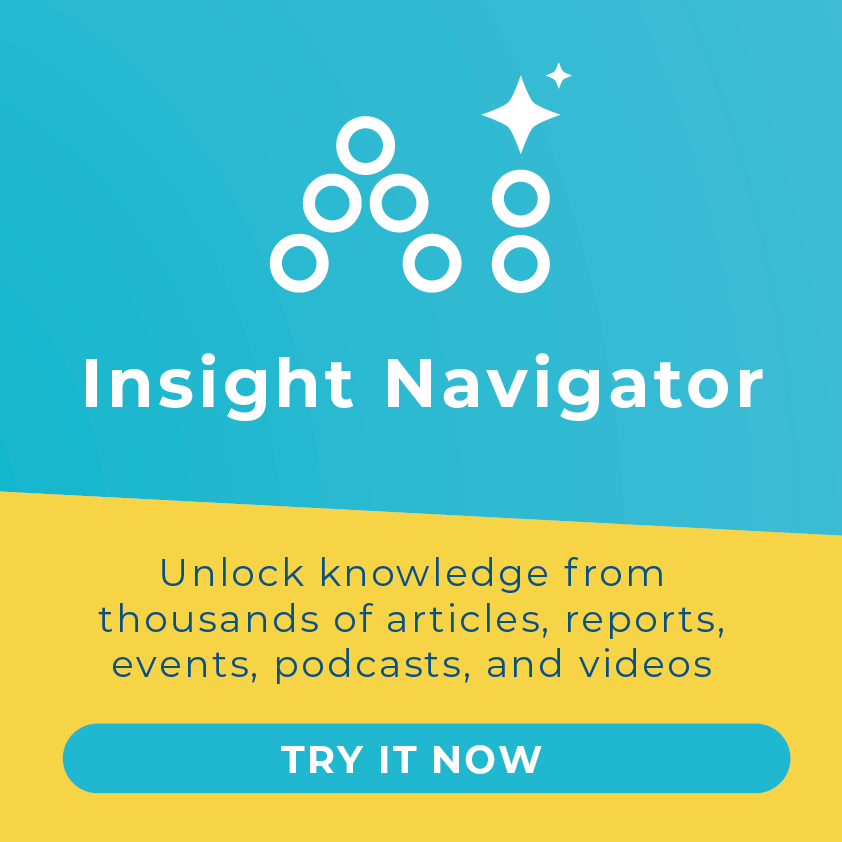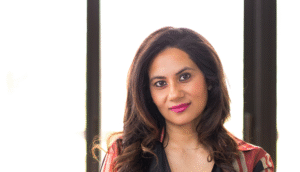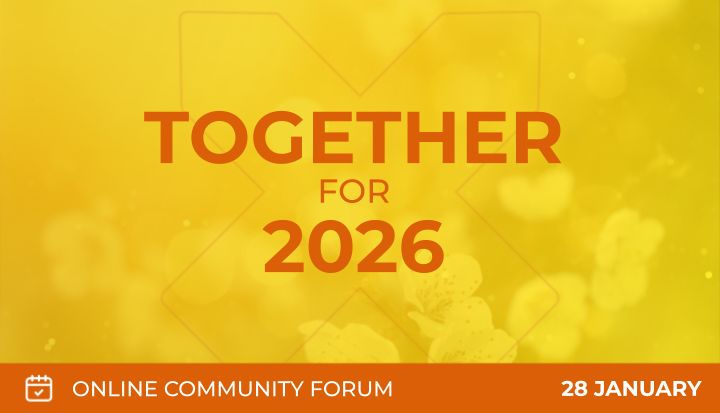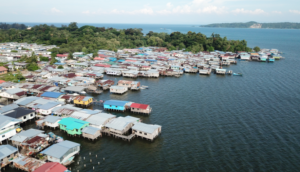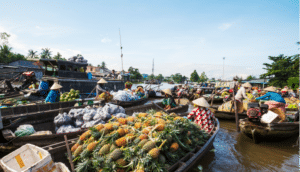I’m Paulo Guerra, Program Director for Public Institutions at Fundação Dom Cabral (FDC), and I just traveled to Belém for COP30 by motorhome with colleagues from Instituto Bem Ambiental (IBAM). We set out from Belo Horizonte on 1 November with a simple intention that shaped every stop we made across four biomes and nearly three thousand kilometers: listen first, learn fast, and arrive with evidence instead of slides. Our road became a laboratory, not a transfer. The plan was to bring what we learned straight into the Blue Zone and into the Resilient Cities Pavilion coordinated by IBAM.
Before reaching Belém, we had written that this would be more than a journey. We wanted to connect territories, hear communities, and show, through practice, the impacts of climate change and the solutions already emerging. We crossed six states and nine cities with the conviction that Brazil has much to teach the world and with the challenge of turning the realities of Brazilian ground into living, accessible, and inspiring content. Once in Belém, we would leave the motorhome and focus inside the Pavilion so that the conversations we began on the road could inform discussions with city leaders, businesses, and policymakers. Those intentions held up on the asphalt and on the riverbanks.
Here is the core lesson I am bringing to business leaders and city partners. Use convenings as labs, not only as stages. A summit can be a place to showcase results, but it can also be a place to test assumptions and translate stories into decisions. On our side, one group is driving a 2,700-kilometer motorhome as a field laboratory on water scarcity, the tension between economic activity and sustainability, and health risks from climate extremes such as dengue and chikungunya. We are bringing practical insights to the Resilient Cities Pavilion. Treat every major convening the same way. Arrive with open questions, listening protocols, and prototypes that can be refined in public.
What did the road clarify for me as a practitioner working with public institutions and companies?
First, ground truth matters as much as dashboards. People living with heat stress, flooding, and disease vectors taught us where models underperform and where local ingenuity already points to scalable solutions, a simple example can be seen in the picture.

Garbage transformed in solution against dryness without propagation of disease vectors.
Second, partnerships are the operating system for resilience. Our expedition blended civil society, academia, and government, and at each stop we met entrepreneurs, health officials, and municipal teams who were ready to co-design. It was magical to see, in Imperatriz, how the partnership between Suzano, a private company, Sebrae, an NGO, and the local government were raising women from vulnerable positions to better ones. We could interview Adreína, an entrepreneur who believes the union of the organizations mentioned before was an essential step to make her overcome the structural obstacles poverty imposes on her and her family.
Third, narrative is not a luxury. Documenting the journey gave us a way to carry voices into rooms they rarely enter and to keep ourselves accountable for turning stories into action. We witnessed protesters demonstrating against the murder of a fellow activist by land grabbers. The victim’s wife spoke clearly:
“Today in Belém, they’re discussing climate issues, while here people are being killed and the authorities don’t care. Look at us — we exist. We are not numbers or pieces of paper.” – Iraci Ribeiro from Campo de Boi
As we engage inside the Pavilion, I am translating these lessons into concrete moves that organizations can adopt. Co-create field sprints with suppliers and local governments before capital decisions lock in. Tie procurement to climate-health indicators drawn from the places where you operate. Build early-warning partnerships that connect municipal data to enterprise risk dashboards.
I left the office to be on the road because policy, management, and science only make sense when they stay connected to everyday life. The road to Belém taught me that resilience is built between events. If we choose to treat convenings as laboratories, we can arrive not with speeches, but with solutions that communities recognize and that leaders can scale and multiply.
This article is part of the Business Fights Poverty Climate Series with Fundação Dom Cabral (FDC) taking place during COP30 Climate Summit in Belém, Brazil.

